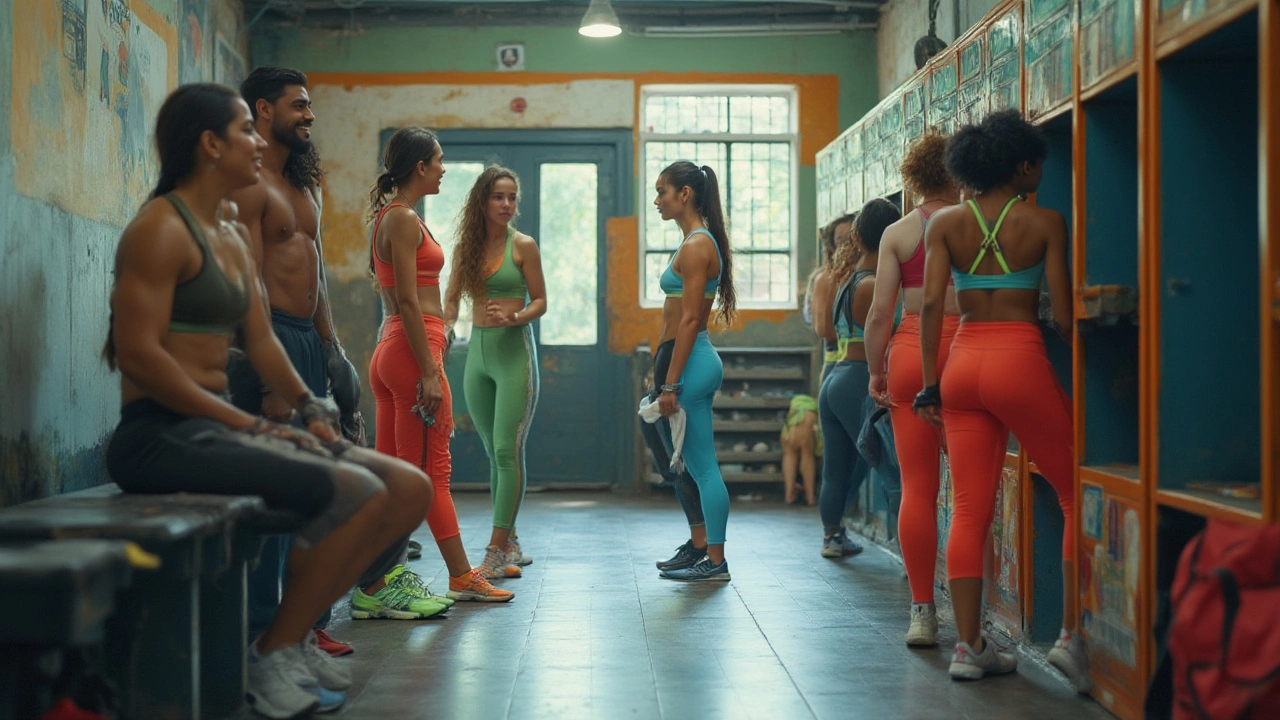Athletic Clothing: What to Wear, Why It Matters, and How to Choose
When it comes to staying active, the right clothing can boost performance and confidence. Modern athletic wear isn’t just for the gym; it’s a style statement you can wear to the office, coffee shop, or a weekend stroll. Below you’ll find quick facts on fabrics, fit, and trends that help you pick pieces that work hard and look good.
Fabric Savvy: Which Materials Deliver Comfort and Performance
Most athletic pieces rely on three main fabric families: polyester blends, cotton‑spandex mixes, and technical yarns like nylon or elastane. Polyester moves sweat away from skin, keeping you dry during intense cardio. Cotton‑spandex offers a soft feel with stretch for yoga or pilates. Technical yarns add durability and a sleek finish, perfect for outerwear that sees both the treadmill and the street.
Look for labels that mention moisture‑wicking, quick‑dry, or breathable. Those terms usually mean the fabric is engineered to regulate temperature, which reduces chafing and odor.
Styling Athletic Clothing for Workouts and Everyday Life
Mixing performance pieces with casual staples creates the popular athleisure vibe. Pair a fitted jogger with a plain tee and a bomber jacket for a low‑key, runway‑ready look. If you need something more polished, choose tapered leggings in a neutral shade and team them with a structured blazer. The key is balance: let the active garment be the star, but keep accessories simple.
Our tag page curates articles that dive deeper into specific topics. For instance, the post “Fashion Sportswear Term: What Does It Really Mean?” breaks down the language you’ll hear in stores. “Sportswear: What’s Another Word for It?” gives you alternative names to search for the best deals. And if you’re curious about hoodie culture, “Why Teens Wear Hoodies in Summer” explains the comfort factor behind the trend.
Don’t forget layering. A lightweight, zip‑up jacket over a moisture‑wicking shirt adds warmth without bulk. This combo works for early morning runs and chilly office air‑conditioning alike.
Choosing the right fit is just as important as the fabric. A shirt that’s too loose can catch wind and create drag, while overly tight gear restricts movement. Test the stretch by raising your arms and bending your knees; the garment should move with you, not against you.Finally, care for your athletic clothing to extend its life. Wash in cold water, avoid fabric softeners, and tumble dry on low or air‑dry. These steps preserve the wicking ability and prevent shrinking.
Whether you’re buying your first pair of performance leggings or upgrading a full workout wardrobe, remember that comfort, function, and a hint of style go hand in hand. Explore the posts linked under the athletic clothing tag for deeper insights, product reviews, and trend forecasts that keep you ahead of the game.

